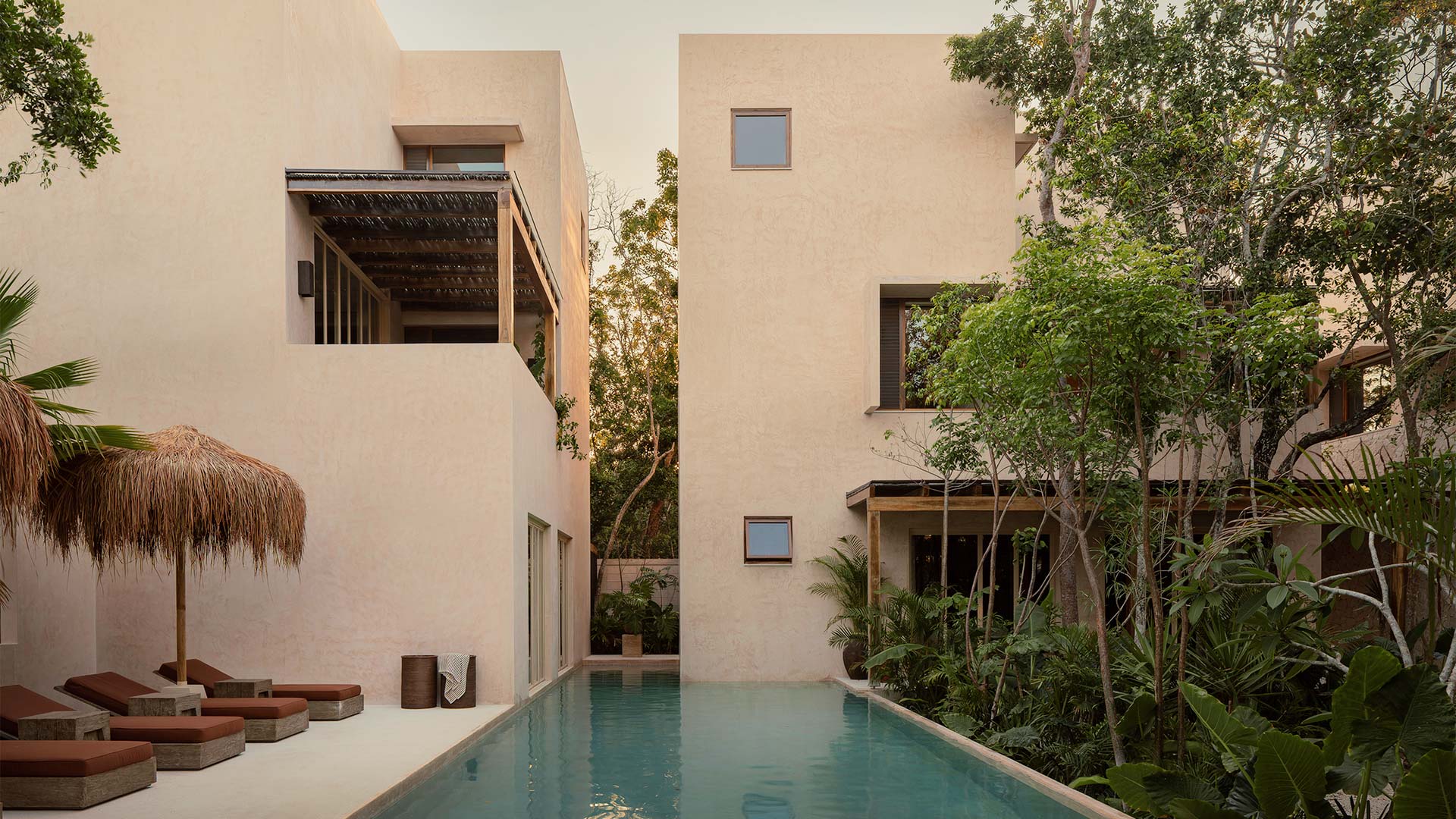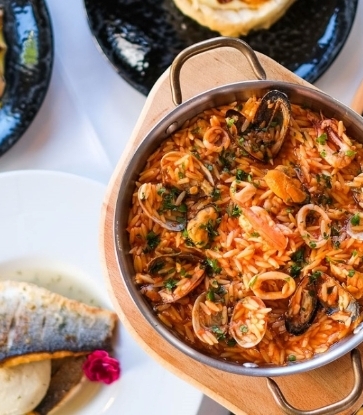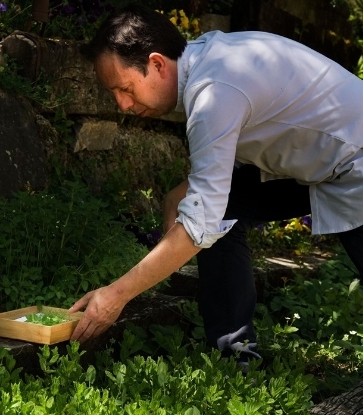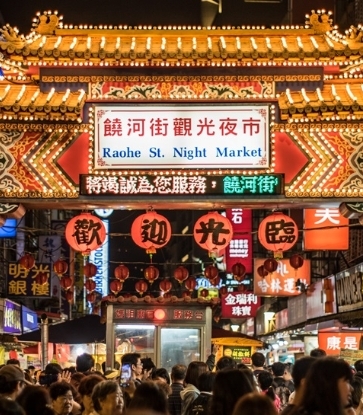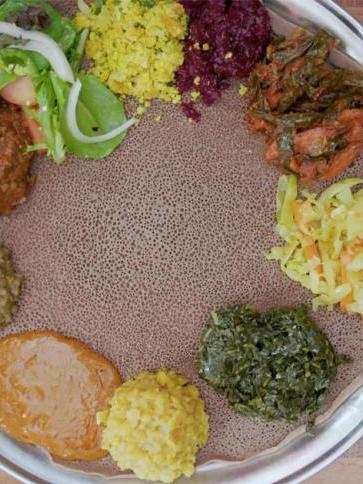In 2016, long-standing Cantonese restaurant Fung Lam in Sha Tin, Hong Kong, closed its doors for good following the sale of the land it stood on for HK$300 million (US$38 million). The news was widely circulated among the media.
While Fung Lam has become a name in the history books, the old flavours that captivated Hong Kong diners live on through a handful of affiliated restaurants, one of them being Taiwan-based Peng Family. Both Fung Lam Restaurant and its cousin establishments originated from a Hakka clan from Lufeng, Guangdong Province.
One by one, the members of this extended family moved to Hong Kong and helped the ones back home follow the same path. Fung Lam itself was the brainchild of seven brothers. Pang Sung King, the second youngest among them, assumed the responsibility to open up the Taiwanese market. He opened Fung Lam’s Taiwan branch in the 1960s. It was running for a good amount of years until his age forced him to cease the venture.

A Family Affair
The past few decades saw other family members of the Peng clan build on the foundation of Fung Lam, opening the likes of Zui Feng Yuan, Peng Maple Kodate, Guang An Lou, Peng Chef, Yang Cheng Restaurant and Peng Family. The latter is among the few that are still in operation. It was founded in 1981 by brothers Pang Chong Yui and Pang Chor Kon, both in their 70s now. The restaurant décor is clean and elegant. Besides that, food of consistent quality at reasonable prices is the main reason that drives the customers to return for more.
Due to the unstable supply of the main ingredient, Fung Lam’s famed roast pigeon is missing from Peng Family’s menu. Yet other signature dishes like salt-baked shrimp, steamed egg white with dried scallop, as well as deep-fried duck and mashed taro all show influences from the Hong Kong establishment in terms of cooking technique and presentation.

Salt-baked shrimp is hardly an innovation, but the cooking method varies from one location to another. The Taiwan version employs white leg shrimp to stir-fry with garlic, spring onion and chilli. The use of cornstarch water to add moisture is another defining characteristic. In comparison, Peng Family procures spear shrimp, a more pricey variety boasting more bouncy flesh. After removing the antenna, rostrum, eyes and legs, the shrimps are deep-fried, dried and stir-fried with white pepper powder and salt.
Trimming out parts that could burn easily during frying and pierce the diner’s mouth shows the restaurant’s consideration towards its customers, allowing them to handle the whole shrimp with a single hand. Flavour-wise, it’s perfumed by cooking oil but not greasy. The crunch makes it a great companion to chilled bottles of beer.
A dish that demands a bowl of rice on the side, steamed egg white and dried scallop has a more crisp texture than regular steamed egg custard. On top of the egg white is a layer of thickened oyster sauce and shredded dried scallop. The large Japanese dried scallop Peng Family uses dwarfs the fun-sized, cheaper counterparts selected by some other restaurants both in appearance and taste. The ratio between egg white and water is the deciding factor on the custard’s smoothness. Too much egg white makes the end product too stiff, while too much water prevents the custard from setting. This is where the Pengs’ experience comes in. The rich scallop sauce is a welcome contrast to the subtle egg white.
Sweet and sour pork rib is another dish Peng Zhuang Rui takes pride in. The pork is cut into 1cm-thin slices. The proportion of sugar, ketchup and vinegar is crucial. He also adjusts the sauce’s consistency according to the customers’ preferences. No wonder almost every table orders it.

For the popular dish of deep-fried duck and mashed taro, shredded duck meat is laid under mashed taro, then deep-fried. Since both ingredients are cooked before frying, controlling the temperature of the oil becomes very important in making sure the taro is creamy and the duck is moist. The crispy and delicate surface of the taro is fried to resemble honeycombs. It’s nothing short of magical to taste the two components meshing together so well in one mouthful.
This article was written by Chen Ching Yi and translated by Vincent Leung with translated names based on Cantonese pronunciations. Click here to read the original story.



